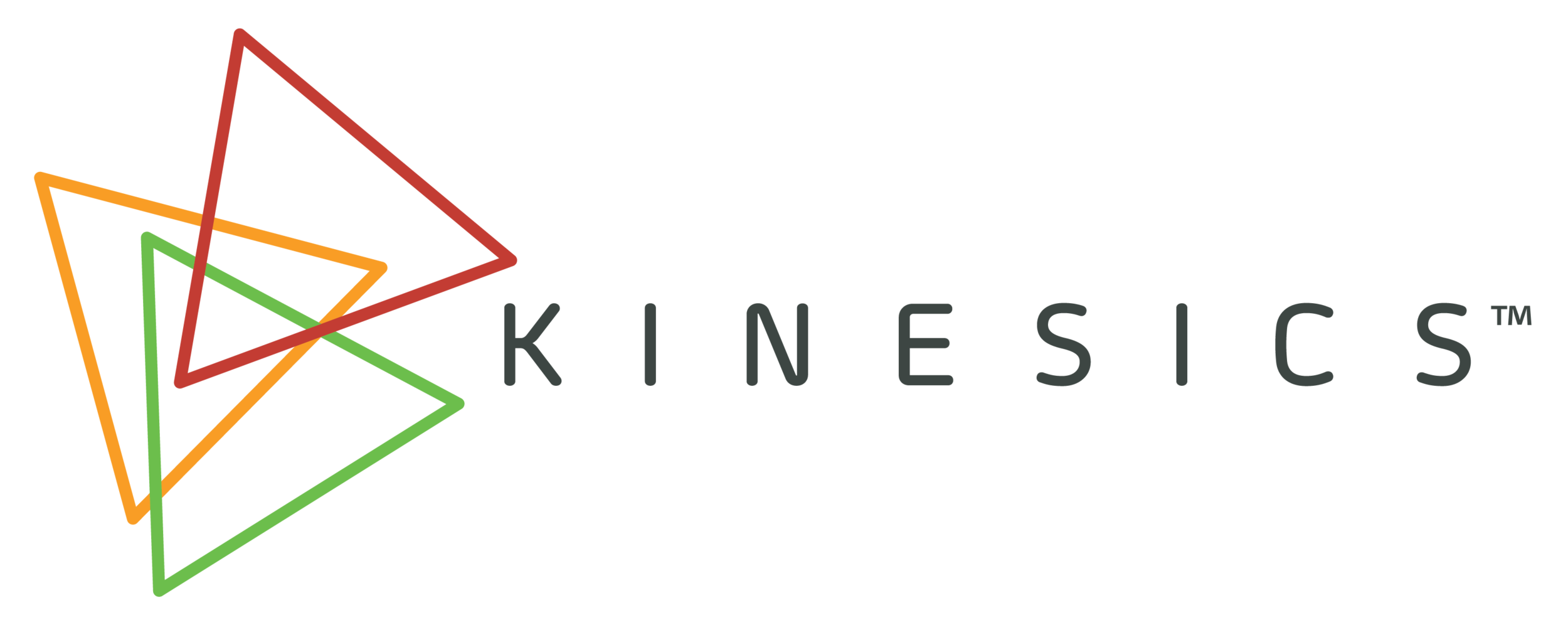Kinesics Theory Course
Kinesics Theory is a two-section course.
By exploring fundamental concepts in human movement, the professional gains an immense understanding of the interconnections within the body, how movement is created, as well as appreciate how restrictions in one area can affect and alter movements elsewhere within the body.
The Theory course advances the professional’s understanding of biomechanics, spinal mechanics, the role of postural muscles, and the role of fascia including fascial trains, planes, tracks and movement systems. By providing this multi-disciplinary approach, the professional gains a strong foundation in the education and communication of the body’s functional movement patterns and the associated human movement systems.
Learning Objectives
At the end of this course you will be able to:
Explain the role of fascia in posture and movement
Summarize advanced concepts in spinal mechanics
Explain the three primary stabilization mechanisms in the body
Describe the interconnections between posture and movement
Recognize the fascial trains, planes, tracks and movement systems
Recall the theory and principles necessary to apply more comprehensive treatment and training protocols within their target populations
Design treatment and training strategies that address common postural imbalances and movement impairments
Recognize the importance of human movement evaluations and re-evaluations
Included Materials
Kinesics Theory Workbook
Kinesics Movement Systems
The Curriculum
Section 1:
Professional Development
Participant Development
Section 2:
Chapter 1: General Principles and Concepts in Human Movement
Chapter 2: The 3 Primary Systems
Chapter 3: Integrated Movement Systems
Chapter 4: Spinal Engine Theory
Chapter 5: Fascial Trains in Movement
Chapter 6: Cardinal Lines
Chapter 7: Helical Lines
Chapter 8: Movement Impairment Syndromes

